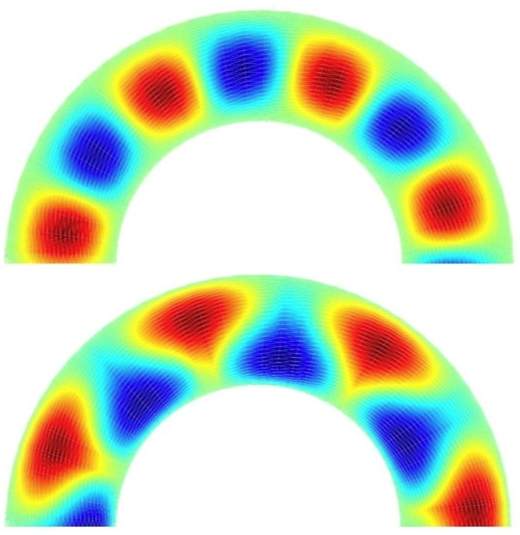
Direct numerical simulation
of supercritical annular electroconvection
Physical Review E, 76, 026305 (2007)
Peichun Tsai [1], Zahir A. Daya [2],
Vatche B. Deyirmenjian [1] and Stephen W.
Morris [1]
[1] Department of Physics,
University of Toronto, 60 St. George St., Toronto, Ontario, Canada M5S 1A7.
[2] Defence Research & Development Canada, 9 Grove Street, Dartmouth, Nova Scotia, Canada B2Y 3Z7
